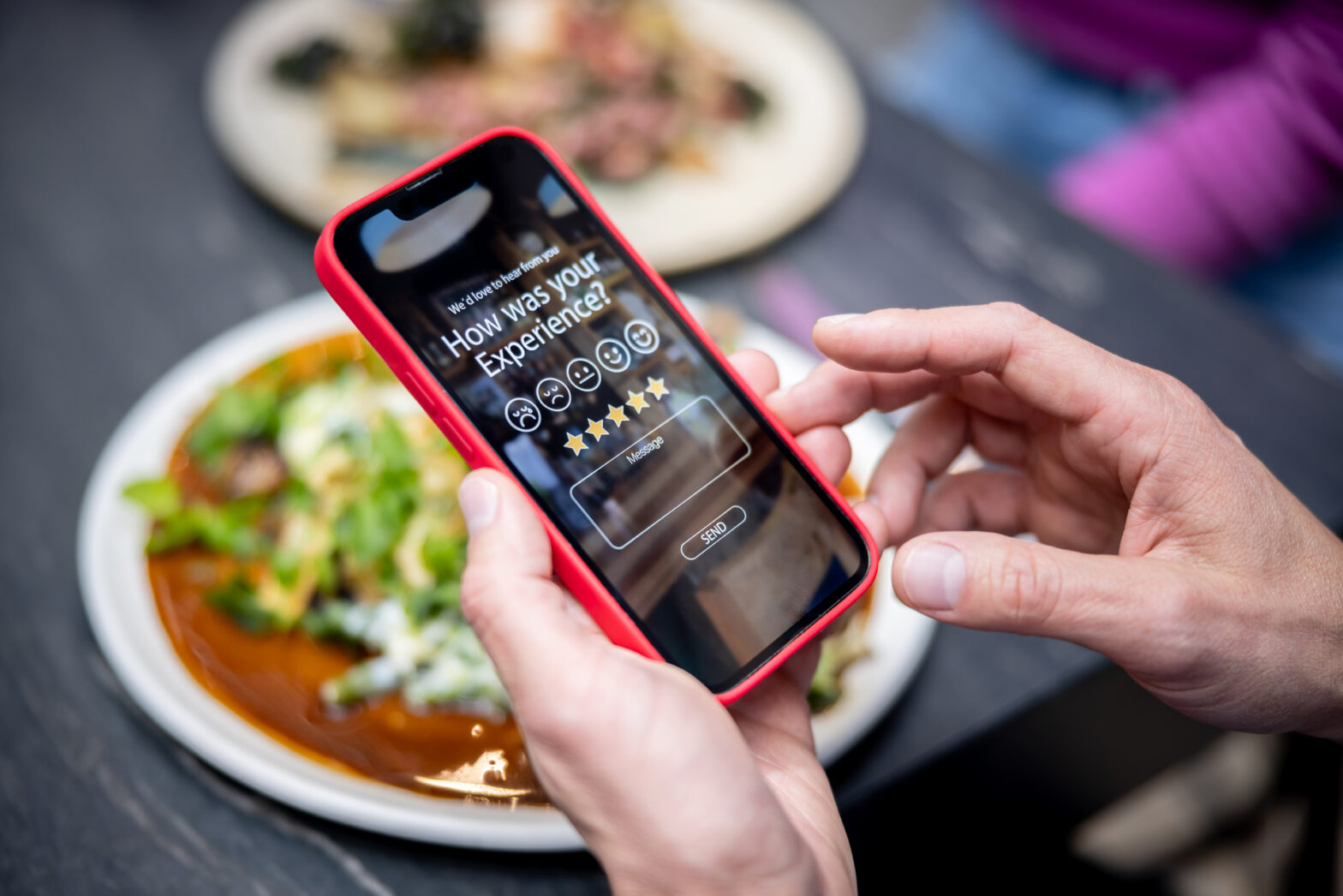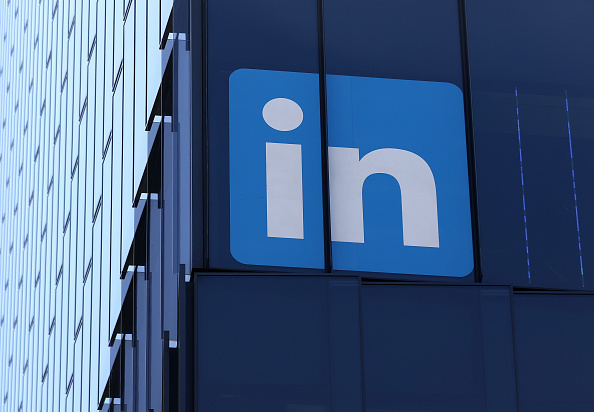Marketing and multi-channel sit hand-in-hand these days. Reaching customers and prospects ‘in the right place at the right time’ means Facebook, Instagram, Twitter and now Snapchat are all relevant channels for businesses.
But will this always be the case? Looking back ten years, the way we interact digitally has completely changed. The days of topping up five or ten pounds credit at the corner shop are long gone; BlackBerry Messenger, MySpace and Bebo all boomed and fell out of touch with what consumers looked for.
With this in mind, our recent international study reveals rather gloomy prospects for the communication channels businesses might consider to connect with audiences.
Besides temperature checking attitudes towards the existing social media landscape, the report explored the innovations that people want to see over the next five years and the findings tell a very intriguing tale for the outlook of communication routes.
Time for change
By 2027, Snapchat will have almost entirely disappeared. According to the report, just 14 per cent of UK consumers backed the platform to maintain relevance over the next decade. Similarly, 11 per cent of respondents were certain that Pinterest and LinkedIn would have trailed off into obscurity.
Perhaps the speed of ascension into general use and their popularity among younger audiences passes these platforms off as fleeting trends. It may be that we’re so accustomed to technological development we can’t see how any mobile software will endure. In either case, to stand the test of time it’s important these social giants take note of how enduring channels have evolved.
For example, in the case of email, Chris Pook, CRM director of Lyst suggests, ‘[email] has responded to the way consumers use websites by building more interactive content with microsite style layouts, making emails shop-able. As a steadily evolving format which consumers are acclimatised to, there’s a lot the giants of the social realm can learn from email.’
Matthew Potter, regional vice president EMEA of Movable Ink adds, ’email has seen a natural evolution, from message blasting to behaviour driven, customer centric marketing… Marketers need to spend more time thinking about 1-2-1 communication. Companies should be investing in technologies that give them more time to focus on better marketing.’
Keep it relevant
Perhaps more expectedly, the study showed a quarter of consumers note their biggest irritation is insignificant messages from the businesses they subscribe to.
We are now only a year away from the introduction of the GDPR, meaning that businesses are going to have to become more considered when communicating with current or potential customers. The regulation will change a lot, enforcing a ‘double opt-in’ regulation. This will mean that customers have to be certain that they want to receive certain messages, otherwise they can easily opt-out of businesses holding their contact details.
Consumers now expect to be delivered information that is important and relevant to their wants and needs; it has to be bespoke to them to ensure engagement. A wide reaching approach will not culminate in an integrated customer experience that saves them time and delivers better outcomes, therefore businesses need to realise that personalisation is their best bet when looking to drive loyalty.
To work within such parameters, Dheeraj Sareen, director of partnerships at Boomtrain notes that by focusing in on important messages that hold longevity in the inbox (such as transactional emails), paired with push notifications acting as agile reminders, businesses will tap the most potent formula for engaging future customers.
Future-proof
The way consumers behave will never stop changing, and trends will come and go. It isn’t a revolutionary concept that businesses must constantly work to build a strong bond with customers by inferring what they want and understanding who they are. However, it is imperative that they treat new channels with caution.
The next ten years will be an uphill journey for social media companies. When asked about major updates in brand communications through social channels, only 6 per cent of consumers had noticed Instagram’s ‘buy button’ and the platform’s
Explore page change.
It paints a clear picture that while these channels are innovating, we don’t actively notice changes to their experience unless they make a huge impact. It’s clear these platforms must pay closer attention to the real needs of consumers. This constant listening will be a deciding factor in the future of social media companies and advertisers alike.
Josie Scotchmer is marketing manager of Mailjet





